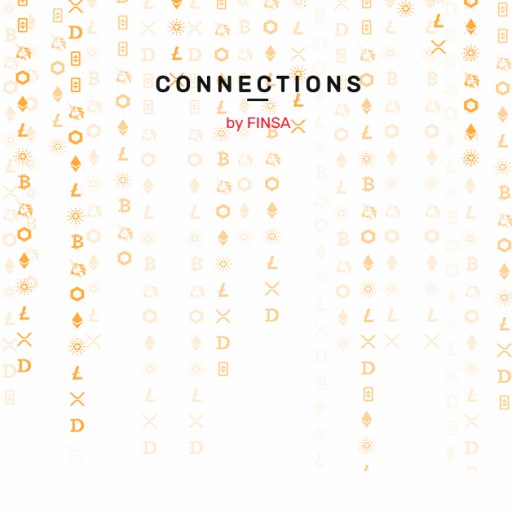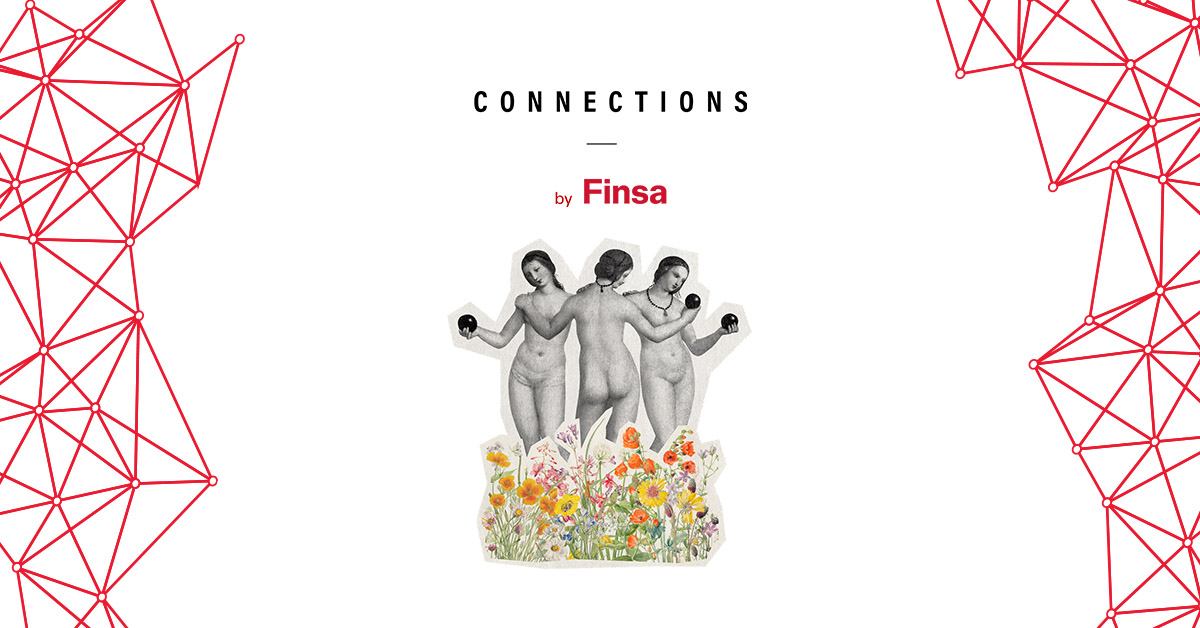Who decides how a city is made and how it changes? “Its inhabitants” should be the logical and organic answer. In theory, this is true to a certain extent: the people living in a municipality elect their representatives by voting, who, in turn, are responsible for urban planning and policy. However, every day there are actions and works that have part of the citizenry against them. Collective and participatory architecture and urban planning initiatives seek to combat this.
Do citizens participate in local urban planning?
The general feeling among local residents is that they do not have much say in the matter: according to the report The Future of According to AECOM’s 2019 Infrastructure Survey, nearly half of respondents in ten major cities said they would be interested in providing feedback and participating in urban infrastructure planning, but had no way of doing so. There was also a general feeling that even if the community’s opinion was sought, it would only be a farce and no one would take the results seriously.
The real estate bubble of the 1990s and early 2000s and the current housing situation are an example of this. In this post-bubble context, projects such as Arquitecturas Colectivas were born, a “network of people and collectives that promote the participatory construction of the urban environment”, according to the organization.
“We came from citizen participation and direct action, from believing that there had to be other ways of building the city in which citizens could participate”, explains Iago Carro, architect and member of the Ergosfera cooperative, part of the Arquitecturas Colectivas network. He speaks in the past tense because, as a result of the pandemic, the network itself, with the annual meetings it organised, has come to a standstill, although the groups that belong to it continue to work and maintain contact with each other.
Ver esta publicación en Instagram
Participatory architecture and urban planning are nothing new, Carro recalls, since there were already architects in the 1960s who “worked in this way”, Arquitecturas Colectivas was a group of people who had studied in the late 1990s and early 2000s, a time when the only thing that mattered was “ show architecture and pretty renderings”, he notes. “Citizen participation seemed so far away.”
The diverse groups that are dedicated to this do so from different angles. Ergosfera, for example, is dedicated to the “development of urban proposals and studies on the forms of use and urbanization of contemporary territory, both through professional practice and theoretical hypotheses, but always from a critical perspective and sharing the results as free knowledge in search of experimentation and debate”, they state.
Other groups were more dedicated to direct urban actions in public or private spaces. Another avenue of action, that of the Urban Recipes collective, was through regulations, “to see how it could be done so that people could participate in these processes” or by reaching agreements with City Councils. “There were many lines of work, but they all had people at the centre of the issue”, says Carro.
Examples of participatory urbanism
The idea of wanting urban planning and architecture that have not been decided from above, but in conjunction with citizens, is neither new nor does it exist only in Spain. There are projects all over the world that have already become a reality that are born from this philosophy.
Barley Field (Madrid)
This public urban space in the heart of the La Latina neighbourhood opened its doors on May 15, 2011, a date that would become emblematic, but its history began much earlier. On the site left by the demolition of a sports centre in 2009, and with plans to build another similar one halted by the crisis, a group of residents’ associations, activists and architects managed to get the City Council to give them the space while nothing new was built. At Campo de la Cebada, which operated until 2017 and whose success was celebrated in international media, there were cultural activities such as theatre, an urban garden, and workshops on building furniture for the square and cinema. The idea was to make use of an underused space while waiting for the sports facilities.
Ver esta publicación en Instagram
Summer Streets Project (Helsinki, Finland)
This case did not come from the citizens, but from the urban planning team of the Finnish capital, which actively sought the participation of residents and business managers in the urban design. Using UrbanistAI, an artificial intelligence tool, Helsinki residents were able to generate alternative views of a number of street sections. This co-creation stage was followed by a voting stage —also by its participants— on the proposals created, followed by a period (everything was done in workshops over two days) of group discussion between residents and urban planners. Many of the ideas that emerged from the sessions were incorporated into the final plan for Summer Streets, a project that sought to reduce traffic and increase vegetation on several streets in the city.
Ver esta publicación en Instagram
Nobogonoga River (Jhenaidah, Bangladesh)
The Nobogonga River, which runs through the town of Jhenaidah, had been gradually abandoned by its municipal authorities. This lack of maintenance had turned it into an unpleasant, polluted and even dangerous place. The answer came from a local group that decided to fix it. The final project was developed after much dialogue between Co.Creation Architects with the City Council and with the local communities, the people who were going to use that space, placing special emphasis on women, children and the elderly and people with disabilities. The result –winner of the UIA 2030 Award in the category of access to public green space– is a lively and fully accessible urban riverside.
Urban planning in an ideal world
If all the current impediments and obstacles did not exist, how would cities be planned and built? “Private initiative would have its place, public initiative too, and everything would be much more balanced. Citizens would also have much greater capacity to participate in the design of cities and self-management spaces would be promoted in order to carry out activities outside of private interests or public ideology. There would be more possibilities for everything”, reflects Iago Carro. “And there would be no housing problem. It would be established that it is a human right”.
To get there, more political will would be needed, he explains, because it is something that has been done at other times. He gives as an example the participatory budgets that existed in cities such as A Coruña and which have disappeared this year. “There were urban groups that could decide a small part of these budgets”, he says.
As for the future of initiatives such as Collective Architectures, Carro believes that, although young people are now focused on other things, “the collective format will probably return”. Just as we were not the first to approach architecture in this way, there will come a time when it will once again be the order of the day”, he concludes.




